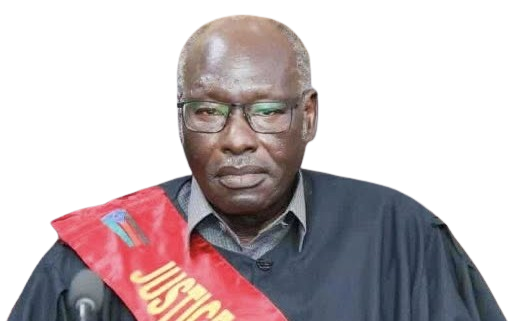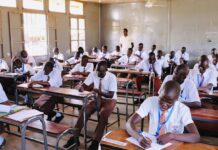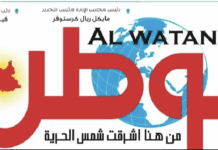The Special Court trying Dr. Riek Machar and seven co-accused resumed its proceedings today, with the prosecution presenting key documents related to the deadly Nasir incident, including a death certificate for the late Maj. Gen. David Majur Dak.
Also submitted were official records indicating that over 250 South Sudan People’s Defense Forces (SSPDF) soldiers were killed in the clashes at Nasir with no details of those killed from the White Army side. The prosecution stated that the documents were issued by the Ministry of Health and are therefore considered official and credible.
The defense team challenged the admissibility of the records, demanding that the names of the deceased soldiers be disclosed. In response, the prosecution assured the court that a representative from the SSPDF would be called to testify and verify the records at a later date.
Presiding Judge James Alala Deng admitted both documents into evidence.
The prosecution further submitted evidence allegedly linking the late Tor Gile Tong to the Sudan People’s Liberation Movement-In-Opposition (SPLM-IO), identifying him as a former member who later led the White Army, the group accused of executing the Nasir attack.
Digital evidence was also presented, including video files stored on a USB device, along with a letter signed by Dr. Riek Machar, dated March 1, 2025, which reportedly discusses preparations to receive SSPDF forces in the area.
The defense team denied all allegations, describing the case as politically motivated and a violation of the peace agreement.
A technical report by South African experts was introduced during the session, but Judge Deng postponed its acceptance until the experts appear in court to clarify its contents.
The court adjourned until Wednesday, October 8, to allow the continuation of evidence presentation and witness testimonies.
Public interest in the trial remains high, as it continues to uncover new details about one of the most politically sensitive and deadly conflicts in South Sudan’s recent history.





